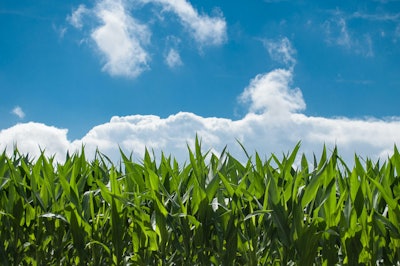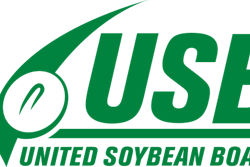
U.S. agriculture production costs are increasingly important to the near- and long-term viability of U.S. farms.
Fertilizer prices are the issue top of mind for farmers heading into 2022 since fertilizer costs account for approximately 15% of total cash costs in the U.S.
All major crop production nutrients have experienced increased prices when compared to September 2020: ammonia has increased over 210%; liquid nitrogen has increased over 159%; urea is up 155%; MAP has increased 125%; DAP is up over 100%; and potash has risen above 134%.
The industry has seen this before in 2008. During the 12 months ending in April 2008, nitrogen prices increased 32%, phosphate prices increased 93% and potash prices increased 100%. Prices remained there through 2009, then dropped, ultimately returning to pre-2007 levels by the end of 2009.
Factors driving costs in 2021:
- Increased global fertilizer demand -- Though the U.S. has lowered its overall consumption of global nutrient use, other countries have increased fertilizer use
- Supply factors -- The U.S. is the third-largest producer of fertilizer globally, however, it still requires the importation of all three nutrients, especially nitrogen and potash, to fully meet demand
- Rising energy costs -- To make fertilizer, along with globally priced raw materials, production facilities require a large amount of energy to convert the raw chemical materials into their applicable farm-use state
- Pivots in fertilizer demand outlook impacting production -- Further impacting fertilizer supply is the reaction to COVID-19 precautions along with the continuing “accordion effect” throughout the economy
- Distribution and supply chain disruptions
- Trade duties -- Along with increased shipping rates for the 44% of fertilizer that is exported across the world, anti-dumping trade dispute cases are also likely increasing fertilizer costs
While this information helps to understand the factors causing one of the farmers’ biggest concerns, it does not alleviate the rising input costs that are out of their control.
Many farmers feel these rising input prices are taking away all the momentum provided by the higher commodity prices that were going to help them break even or be just above the bottom line.
Read the full Market Intel from the American Farm Bureau Federation to find out the impact of higher fertilizer prices for farmers.

















